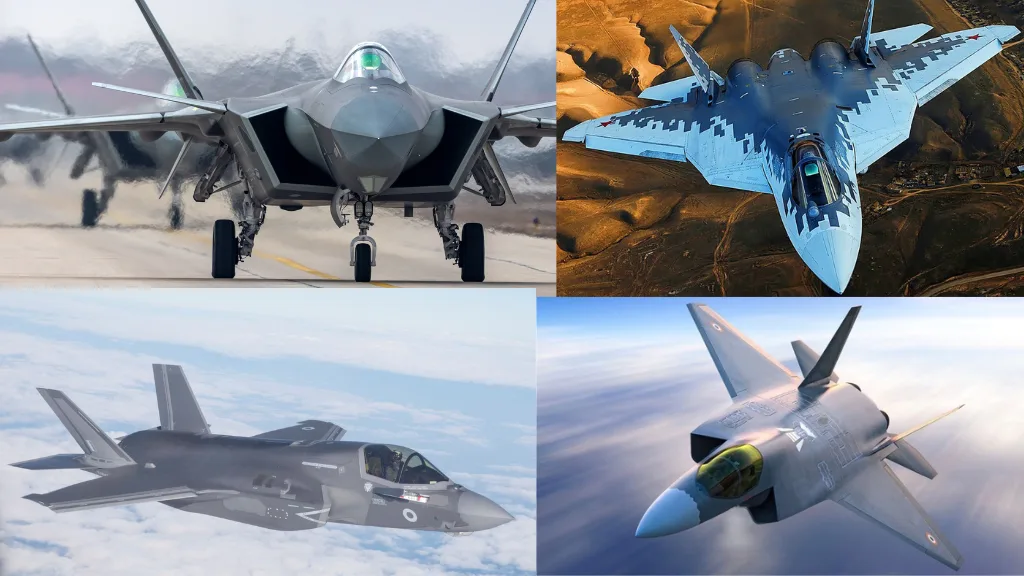Single crystal high pressure (HP) turbine blades have reached a critical milestone with the delivery of castings in 2024. Concurrently, the casting of single crystal HP turbine vanes is well underway.
The goal of these research is to create and perfect new methods for producing single crystal HP turbine blades and vanes using sophisticated single crystal casting techniques.
Turbine blades and vanes for aero and industrial gas turbines must withstand harsh circumstances such as high temperatures and intense rotating forces. Single crystal casting process generates components with a single grain structure that lacks grain boundaries.
This defect-free microstructure provides exceptional creep resistance and mechanical strength at increased temperatures, which is essential for high-performance turbines that must survive combustion temperatures above 2500°C.
Vacuum investment casting, which avoids contaminants during solidification, as well as seed crystal and directional solidification procedures, ensure the formation of a single crystal microstructure.
These components frequently use complicated hollow aerofoil designs with extensive interior cooling channels to improve heat management during operation.
The material base is made up of advanced nickel-based superalloys that have been metallurgically refined to improve phase stability and mechanical durability.
The single crystal blades and vanes are engineered to withstand severe creep strains, lowering maintenance requirements and boosting operational safety margins. Coatings such as Electron Beam Physical Vapour Deposition (EBPVD) thermal barrier coatings (TBC) are used to improve heat resistance and component life.
Indigenous development efforts, such as those by PTC Industries and India’s Defence Metallurgical Research Laboratory (DMRL), seek to master these technologies from start to finish—from alloy design, casting, machining, coating, and delivery of ready-to-fit components.
The deliverables are aimed at future aviation engine versions such as the Kaveri, with the goal of increasing engine thrust, efficiency, and service life.
The transition from supplying HP turbine blade castings in 2024 to continuous single crystal vane casting signifies a gradual shift toward full-scale manufacture of hot-section turbine components.
The use of modern casting processes like as directed solidification, combined with precision manufacturing, guarantees that these materials fulfill high aerospace standards, hence improving engine performance and dependability.
To summarize, single crystal HP turbine blade and vane technology represents a key advance in high-performance aero engine design.
Its successful indigenous development represents a significant advancement in capability, allowing engines to run safely at greater temperatures, improving fuel efficiency, thrust-to-weight ratio, and lowering pollutants, aligning with both defense and civilian aerospace aims.
This development is an important component of strategic self-reliance in aerospace manufacturing.


